Native species get critical lifeline
They’re cute. They’re also critically endangered. But now a number of native Aussie species have a new shot at survival.
Don’t be fooled by this cute furry face.
The quoll is a fearsome carnivorous predator … at least as far as insects, spiders and small lizards are concerned.
Eastern and spotted quolls once ranged freely over much of Australia, but were driven to near extinction, largely because of feral cats and other introduced predators.
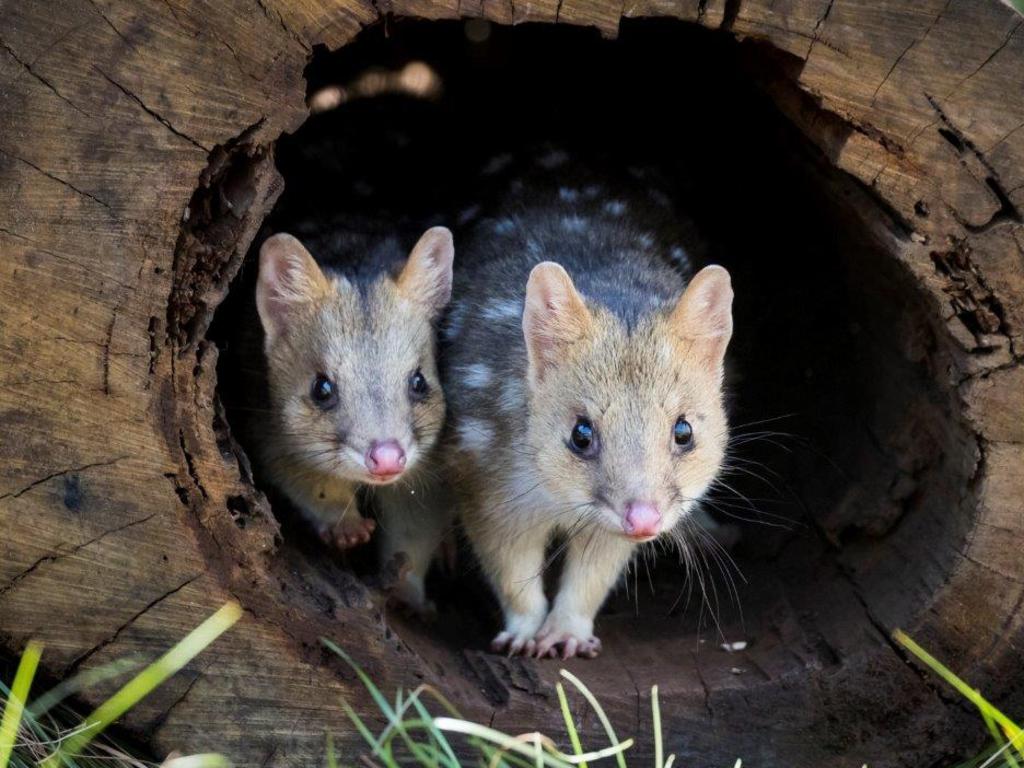
But now the quolls face a better chance of survival thanks to the expansion of a fenced wildlife reserve in Upper Mongogarie, near Casino.
The federal government is tipping in almost $7 million to support and enlarge safe havens for endangered native animals around Australia, protecting species such as the long-nosed potoroo, the brush-tailed rock wallaby and the New Holland mouse.
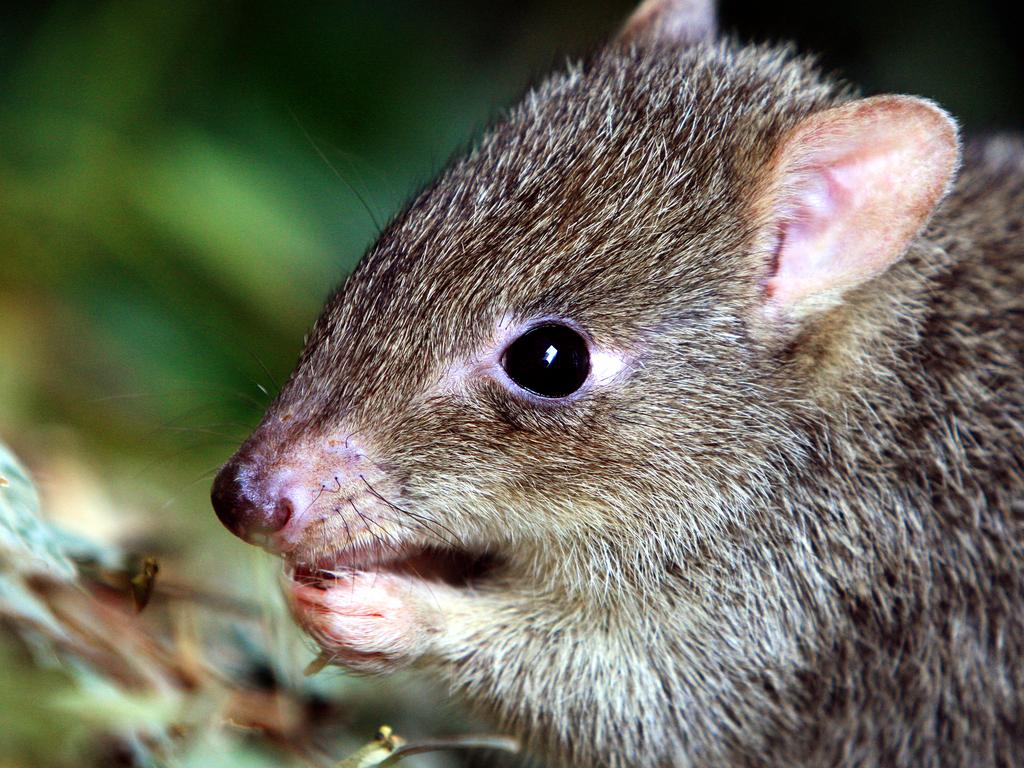
In Queensland, the northern bettong will be thrown a lifeline with the creation of a fenced safe haven in the north of the state. The project will involve the erection of predator-free fencing around 950 hectares of known habitat.
In Victoria, the state government plans to create a 50,000 hectare Prom Sanctuary by 2023. The federal government has just tipped in funding for the pest and plant control needed to prepare the site.
The threatened and endangered species set to benefit from the completed project include the brush-tailed rock wallaby, two types of quoll (eastern and spotted-tailed) and two types of potoroo (long-nosed and long-footed).
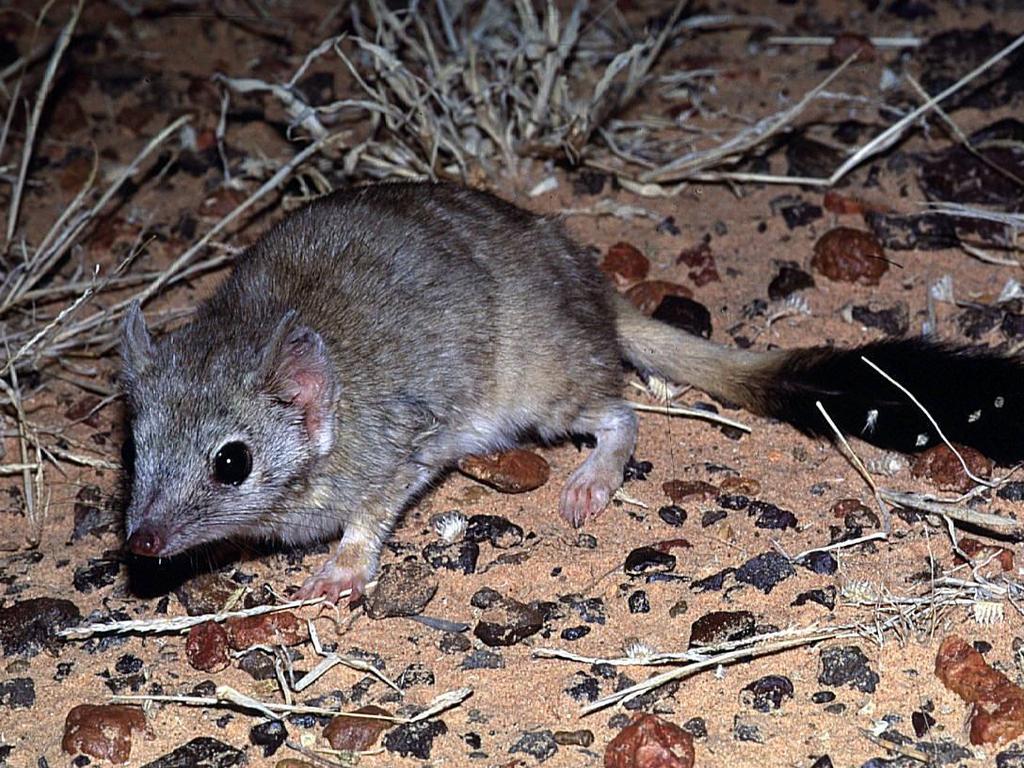
The federal government is tipping in almost $1.3 million to support and expand two safe havens for endangered native animals in South Australia, protecting species such as the kowari, the malleefowl and the sandhill dunnart.
A safe haven site near Kimba is set to quadruple in size, from 891ha to 3828ha, enabling the reintroduction of numbats, Shark Bay bandicoots and western quolls to the region.
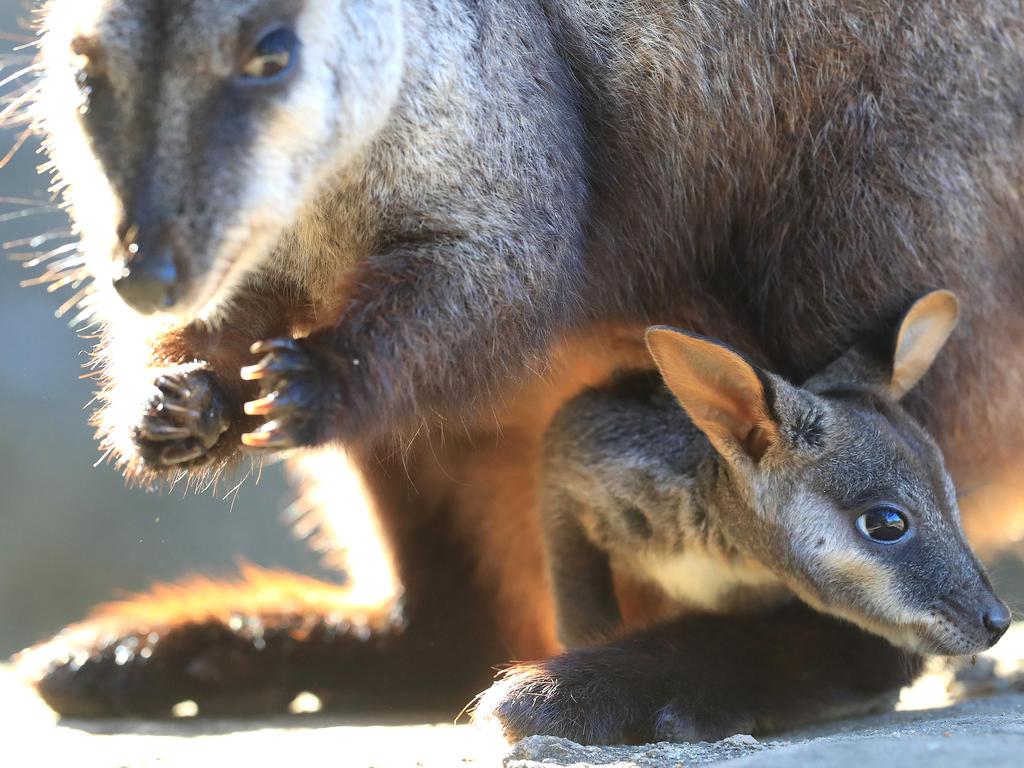
Meanwhile the kowari faces a chance of survival thanks to the enlargement of a fenced 123 km2 wildlife reserve in the state’s arid north.
And in the Top End, two new safe wildlife havens will be established within Garig Gunak Barlu (Cobourg) national park.
One haven will be on Greenhill Island, while a second will be created on Black Point peninsula. Nine kilometres of fencing will be erected to keep the feral cats and other introduced predators out.
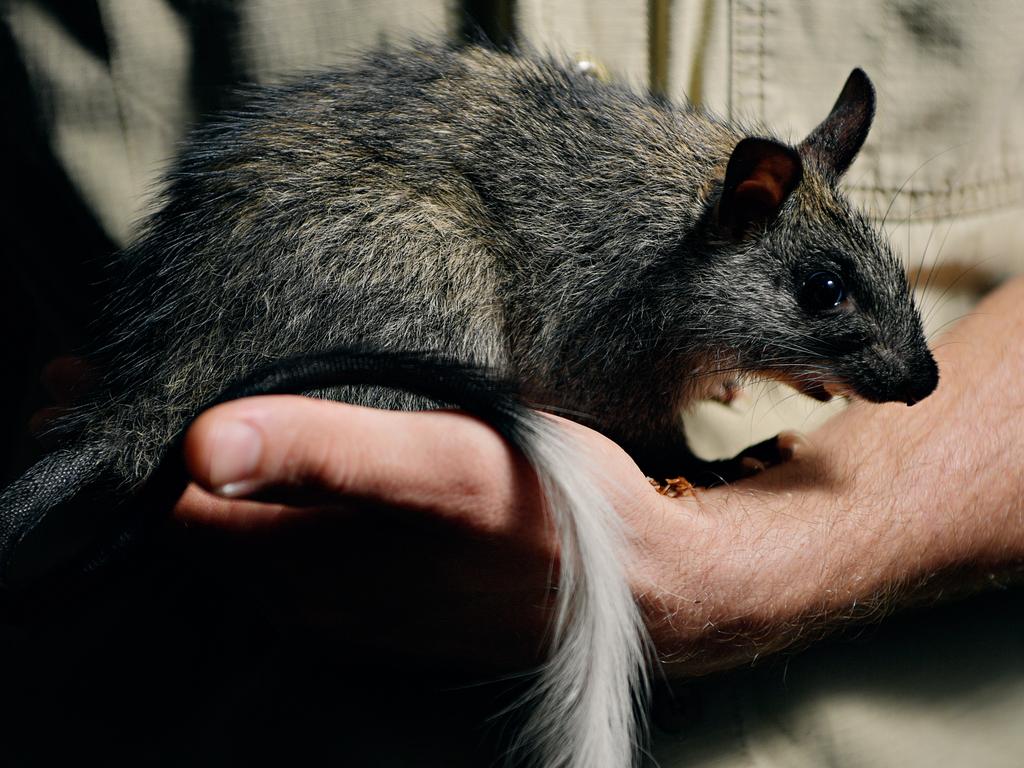
The black-footed tree-rat is one of three species set to benefit from the new zones. It’s one of Australia’s most endangered animals, with estimates its numbers may have declined by 50 per cent in a decade.
Environment Minister Sussan Ley said safe havens are essential to establishing insurance populations for species threatened with extinction.
“We know they work because we have seen the results,” she said. “On Dirk Hartog Island off Western Australia we have seen hare-wallabies and dibblers successfully reintroduced and they are thriving. Shark Bay Bandicoots translocated from Bernier and Dorre Islands have also become established within this haven.
“Havens provide sanctuary and they also offer the chance for data gathering. They build our cultural knowledge and it is great to see that this most recent round of projects will involve traditional owner and indigenous ranger-led interventions,” she said.
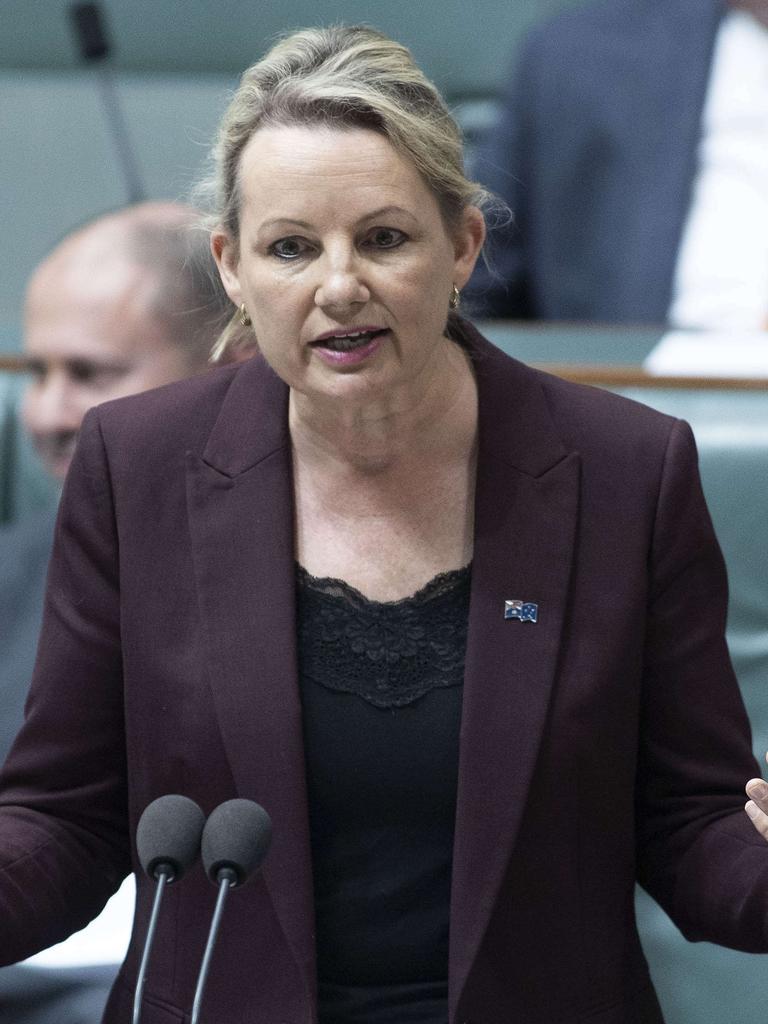
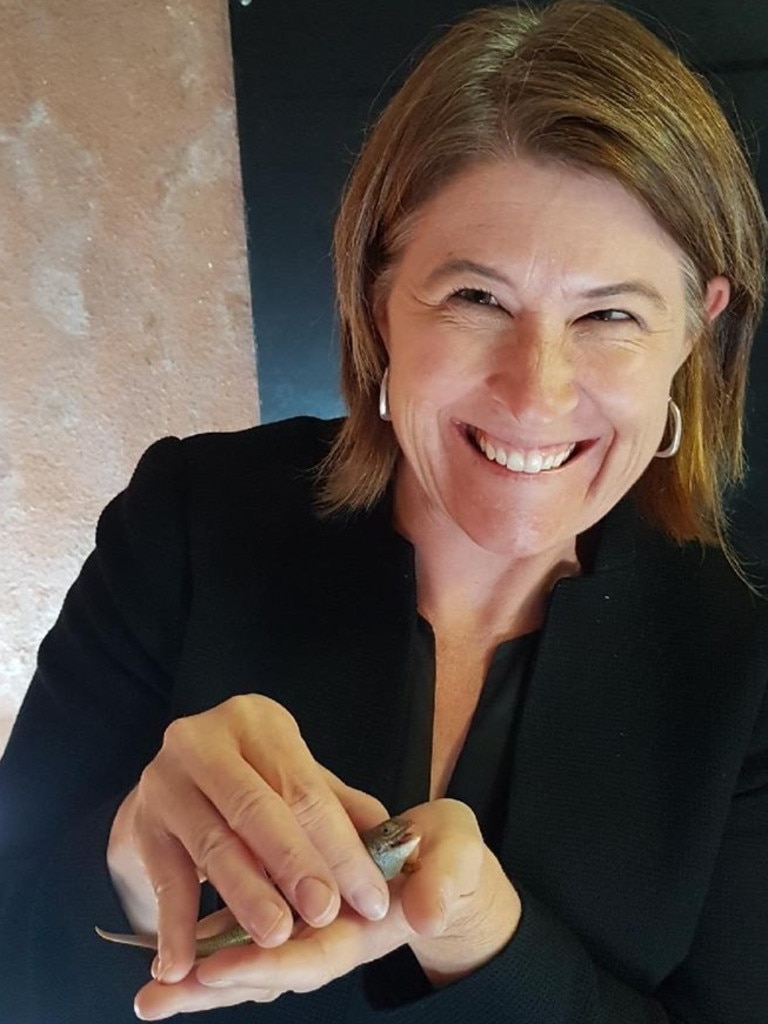
Threatened Species Commissioner Dr Sally Box told News Corp there were around 1800 native animals on the official ‘threatened’ list prior to the Black Summer bushfires, and the process of updating that tally was ongoing.
Some 810 species were identified as needing help after the bushfires, and this included some that were already threatened and some that were previously flourishing, she said.
Dr Box said once species started to thrive in safe havens, they could be reintroduced back into the landscape, or taken to other safe havens to create multiple insurance populations.
“Species like the mala are so susceptible to introduced predators, but it’s around today because we’ve been able to protect them in safe havens,” she said.
Originally published as Native species get critical lifeline




